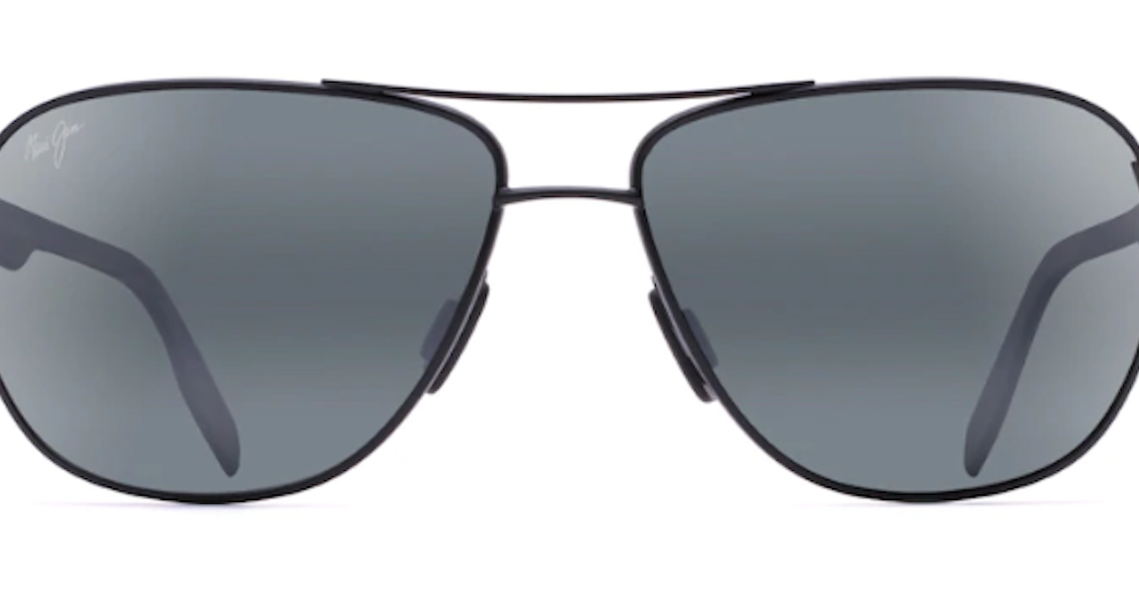Maui Jim is the third-largest sunglasses manufacturer in North America, sold in major retailers like Nordstrom and Bloomingdale’s. But just like every brand in the consumer goods space, the brand is feeling pressure to further invest in DTC and digital capabilities.
To that end, Maui Jim has spent the past few years revamping its back end to be more agile and customized for direct sales, culminating in a new microsite system set to be unveiled at this year’s Sapphire conference in May. The event is hosted by the customer experience management system SAP, which has been helping Maui Jim through this transformation.
“Our journey with SAP began around five or six years ago, when we moved our entire ERP [enterprise resource planning, or the internal software underpinning the business] to SAP,” said Jim Ferolo, CIO of Maui Jim. “For any business interested in digital transformation, you need really great foundational aspects of your infrastructure. The initial migration to SAP was key. We’ve seen a lot of growth in [DTC and wholesale] thanks to new capabilities on the back end.”
This has given the company the flexibility to have more control over the back end and implement more lightweight activations. SAP has helped with everything from developing an app to automating the price quote system for Maui Jim’s custom glasses service.
As an example, the new digital tools it’s implemented lets employees create temporary microsites tied to specific events or places, with minimal technological expertise needed. At Sapphire, Maui Jim will have a pop-up shop with its own dedicated e-commerce microsite. Customers can order things online and pick them up at the pop-up while they attend the conference.
Pressure from all sides
The eyewear market is a complicated place right now. With 1,000 employees, 15 distribution centers and 30 years of existence, Maui Jim sits in between the utterly dominant and gigantic Luxottica, which controls 30 percent of the entire market, and smaller but successful startups like Warby Parker.
“As far as eyewear as a category, there’s a lot of things going on,” Ferolo said. “There’s consolidation in market share. I think the availability of capital over the last three years has accelerated that. All these smaller chains are being gobbled up by larger ones.”
Ad position: web_incontent_pos1
But Maui Jim is also feeling pressure from below. After the company began selling prescription eyewear two years ago, that put it in direct competition with Warby Parker. While younger startup brands have been able to build DTC and innovative e-commerce into the foundation of their brand, brands like Maui Jim that have been around for decades have more of a challenge integrating those ideas.
“It is harder for a couple of reasons,” said Alice Fournier, vp of e-commerce and digital at Kantar Consulting. “Older brands don’t have the same business model as startups. They have less flexibility, a more traditional legacy, they’re bound to certain returns. Maui Jim is privately held, though, so they don’t have it quite as bad there as public companies. Start-up brands start in digital, but legacy brands have to add it in on top of what they already do. There’s already a lot of investment in the current systems, so big overhauls behind-the-scenes are definitely harder.”
For Maui Jim, the changes it has made in the back end have been a huge success. Ferolo would not get into specific financial figures but did say that the company has experienced double-digit growth in DTC sales since working with SAP.
Additionally, Ferolo said integrating the type of tools DTC companies use improves things beyond just sales.
“On our website, we have a very efficient and user-friendly repair process,” said Ferolo. “If you buy a pair of sunglasses from Maui Jim, you can get them repaired for free [as long as it is within the warranty]. We actually do more repairs than we sell pairs. All the changes we’ve made still really help on the customer service side, even though they aren’t direct sales.”




